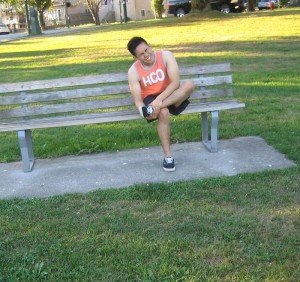A bone spur is a bony growth on normal bone. It is usually smooth but can result to wear and tear or even pain if it presses or rubs against other bones or soft tissues such as tendons, ligaments or nerves. The typical spots for a bone spur to develop includes the shoulders, spine, hands, knees, hips and feet.
Possible causes why bone spurs form
- A bone spur develops as the body attempts to repair itself by building up additional bone. It usually forms as a response to rubbing, pressure or stress that persists for an extended time.
- In some cases, they form as part of the aging process. As one starts to age, the cartilage that wraps the bone ends within the joints deteriorates and wears out. In addition, the discs that provide cushioning between the bones of the spine can deteriorate with age.
- Bone spurs might form in the feet as a response to tightened ligaments from activities such as running and dancing that strain on the feet as well as to pressure from being overweight or wearing ill-fitting shoes.
If the bone spurs press on other tissues or bones or causing a tendon or muscle to rub, they can break that tissue down over time, resulting to pain, swelling and tearing.
What are the indications?
Many might have a bone spur without ever knowing since most do not trigger any symptoms. If the bone spurs press on other tissues or bones or causing a tendon or muscle to rub, they can break that tissue down over time, resulting to pain, swelling and tearing.
Management
A bone spur does not require treatment unless it triggers pain or damages other tissues. If needed, the treatment is aimed on the causes, symptoms or the bone spurs.
The treatment focused on the cause might include cutting down weight to relieve some pressure off the joints as well as stretching of the affected area.
If the treatment is aimed on the symptoms, it includes rest, application of ice, stretching and non-steroidal anti-inflammatory drugs (NSAIDs) such as ibuprofen. In cases where the bone spur is in the foot, changing footwear or placing padding or an insert can greatly help.
In cases where the bone spurs are treated, they might be removed surgically or managed as part of a surgery to fix or replace a joint if osteoarthritis is responsible for causing significant damage and deformity.

